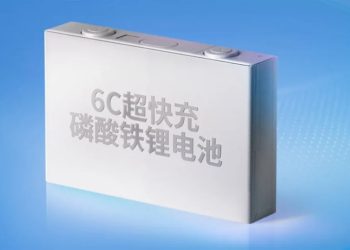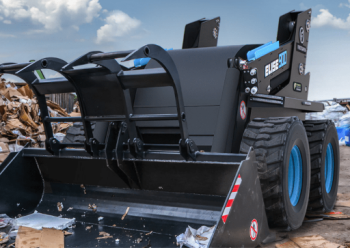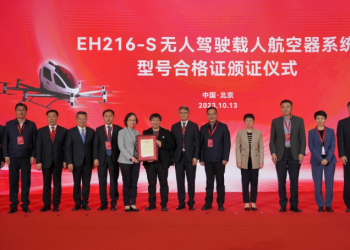Scientists at Oak Ridge National Laboratory have developed a solvent that results in a greener process for recovering valuable materials from lithium-ion batteries.
It should be mentioned that spent batteries are generally broken down by smelting, a costly, energy-intensive process that releases toxic gases.
The alternative developed by ORNL is a wet chemical process that uses triethyl phosphate (TEP) to dissolve the binder material that adheres the cathodes to the sheet metal current collectors in lithium ion batteries.
“Electrochemically active materials were separated from cathode scraps collected at the manufacturing step of electrodes through a solvent-based separation method without jeopardizing their physical characteristics, crystalline structure, and electrochemical performance,” says the study.
In that regard, they found that the recovered aluminum foils were clean without any signs of corrosion and that the polymeric binder could be recovered by non-solvent induced phase separation.
It may also interest you: Power of the future? Mahle develop an electric motor without magnets
The scientists achieved the recovery of the cathode materials from the spent cells using refined separation parameters based on the recycling of cathode waste. This green solvent-based separation for cathode recovery is anticipated to attract significant interest from the lithium-ion battery manufacturing and recycling communities.
The result is efficient recovery of cobalt, graphite, and valuable materials such as copper foil cathodes that can be reused in new batteries.
The variants offered by the solvent, it can create a process that reduces toxic exposure for workers and recovers valuable, undamaged and active NMC (Nickel-Manganese-Cobalt) cathodes, clean sheet metal and other materials that can be easily reused in new batteries.
Written by | Gabriel Sayago











